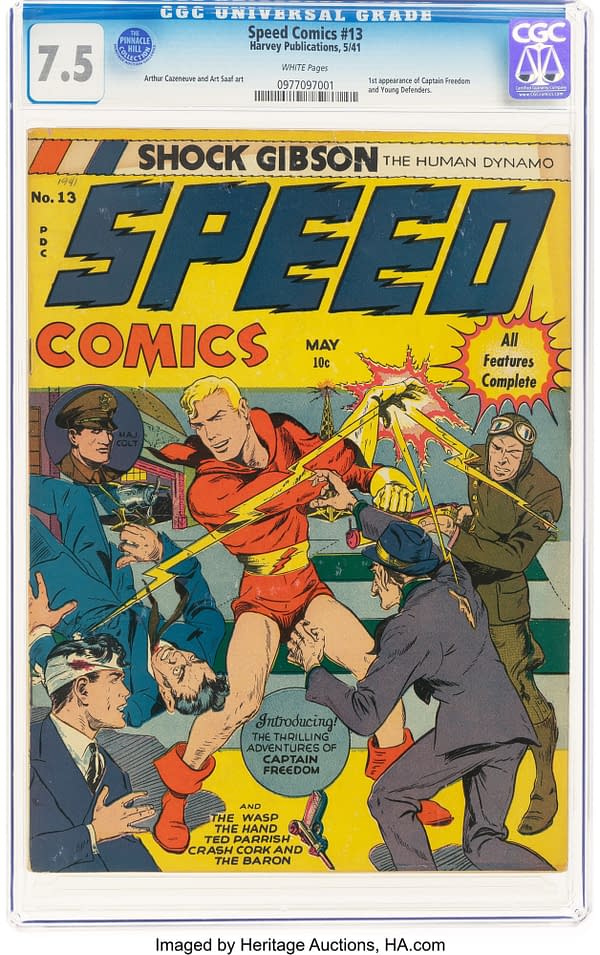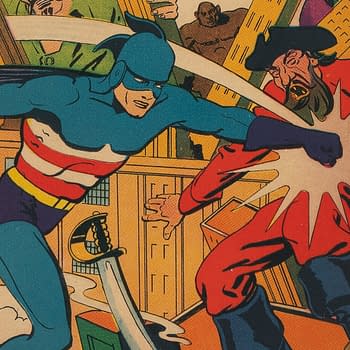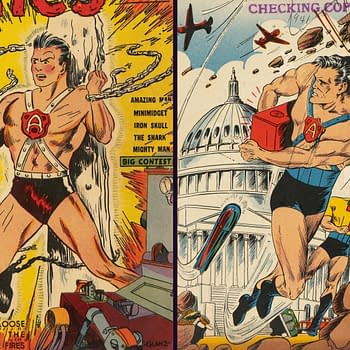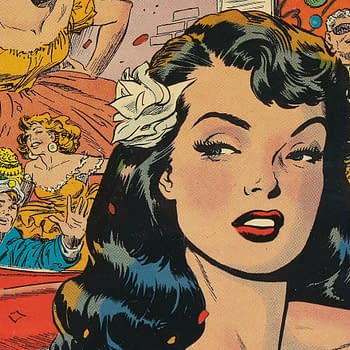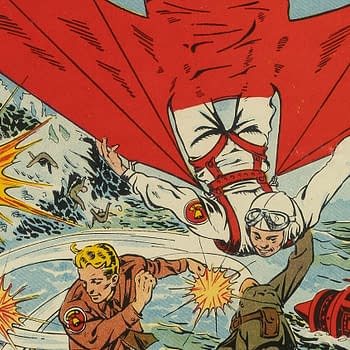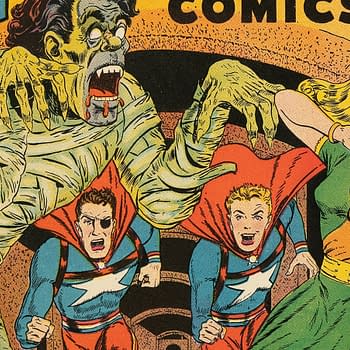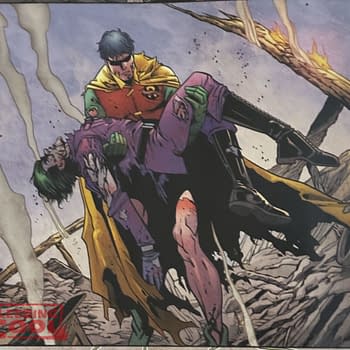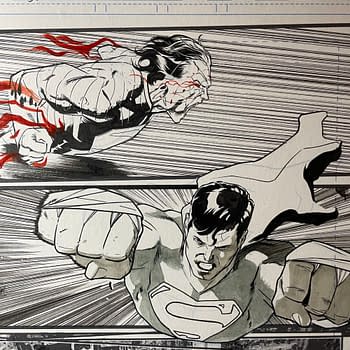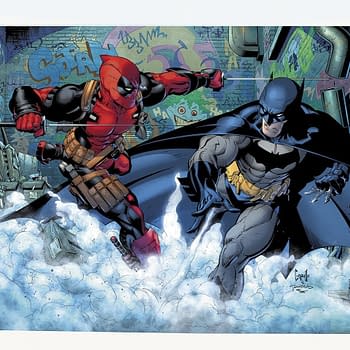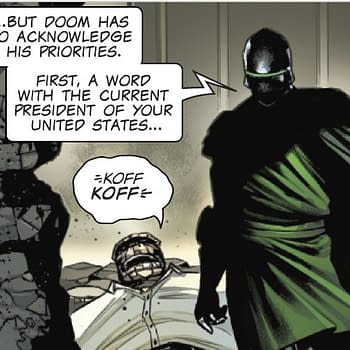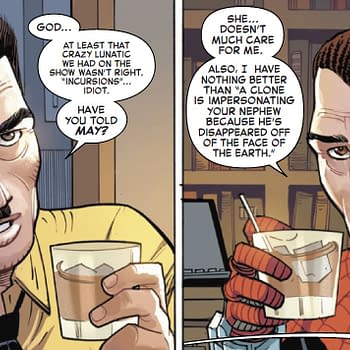Posted in: Comics, Heritage Sponsored, Vintage Paper | Tagged: Harvey Comics
Captain Freedom and The Hand in Speed Comics 13, at Auction
Speed Comics #13 is an early Harvey comic that features the debut of Captain Freedom and a bizarre character named The Hand.
Article Summary
- Captain Freedom debuts in Speed Comics #13, reflecting America’s pre-WWII anxieties and patriotism.
- Harvey Comics launches its patriotic hero soon after Captain America’s game-changing debut in the genre.
- Stories focus on themes of espionage, sabotage, and the fight against foreign propaganda on U.S. soil.
- The Hand, a bizarre crime-fighting giant hand, stars alongside Shock Gibson and The Wasp in this issue.
Hitting newsstands about eight months before the attack on Pearl Harbor would plunge the United States into World War II, Speed Comics #13 serves as a reflection of the concerns of a country heading towards conflict. This issue was also released shortly before President Franklin D. Roosevelt's declaration of a national emergency on May 27, 1941. With its focus on espionage, propaganda, and sabotage, Speed Comics #13 closely mirrored America's fears as the larger battles loomed. The debut of Captain Freedom was released about two months after the launch of Marvel's Captain America Comics. While Captain America was not the first patriotic hero of this era, his debut helped put the phenomenon into overdrive in comic books. A tough to get debut of an underappreciated character, there's a high grade Speed Comics #13 (Harvey, 1941) CGC VF- 7.5 White pages up for auction in the 2025 July 18 Golden Age Comics Century Showcase Auction.
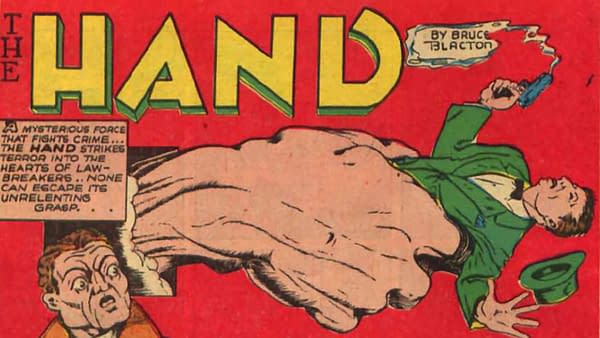
The publishing entity that would become known as Harvey Comics was founded in 1941 by Alfred Harvey, who had gotten his start at Victor Fox's notoriously turbulent Fox Feature Syndicate publishing company. Striking out on his own, Harvey's first move was not to launch a new title, but to acquire the existing title Speed Comics beginning with issue #12. Captain Freedom was introduced in a very short four-page story in the next issue, perhaps indicating a last-minute addition due to the rising popularity of such characters. His first adventure has him going up against obviously German agents who are distributing subversive leaflets. Fighting the spread of propaganda within America was a theme in comics during the pre-WWII period, in particular.
Shock Gibson is still the cover feature on Speed Comics #13, with a storyline along the same "foreign agents on American soil" theme as the Captain Freedom tale, but on a much larger scale. Our hero witnesses a car crash and learns from the wounded survivor, a federal agent, that a truck broadcasting a "coded message by closed short-wave" was responsible. Shock Gibson uses his electrical powers to disable the spies' truck, defeat their thugs, and even bring down an attacking plane. He is briefly captured and taken to the spies' headquarters, a farm that serves as the nerve center for their illegal broadcasting. But he is then able to use their own equipment and code to send a message to Washington, summoning the FBI. The story culminates with the arrival of G-Men and soldiers, who round up the entire spy ring.
The strangest story in this issue, featuring a character called The Hand, also includes a theme along the lines of the Captain Freedom and Shock Gibson tales, and involves the FBI as well. This bizarre feature stars a giant, disembodied hand that fights crime. In this installment, The Hand helps two FBI agents foil a plot by an agent from the "Totland Embassy" (a thinly veiled stand-in for an Axis nation). The agent's goal is to start a riot at a political forum to "break the confidence of the American people in their democratic system". A story in this issue featuring a character called The Wasp is set in Havana, Cuba, and has the masked hero of that name preventing spies from stealing the secret plans for a "Pan-American Defense Treaty." The plot involves a shootout at a secret meeting, a car chase, and an infiltration of the spies' hacienda. This tale underscores the concept of solidarity among North, Central, and South America against foreign aggressors, a cornerstone of Roosevelt's "Good Neighbor" policy and a key strategic concern of the era.
The CGC Census lists only 14 universal entries for this issue, making it a difficult book to acquire in any condition. The copy offered here, graded CGC VF- 7.5, is one of the best examples in existence, with only three copies graded higher. As a noteworthy first appearance, an early Harvey publication, and a fascinating time capsule of the pre-Pearl Harbor era, Speed Comics #13 is well worth the attention of Golden Age collectors. There's a high grade Speed Comics #13 (Harvey, 1941) CGC VF- 7.5 White pages up for auction in the 2025 July 18 Golden Age Comics Century Showcase Auction. If you've never bid at Heritage Auctions before, you can get further information by checking out their FAQ on the bidding process and related matters.
